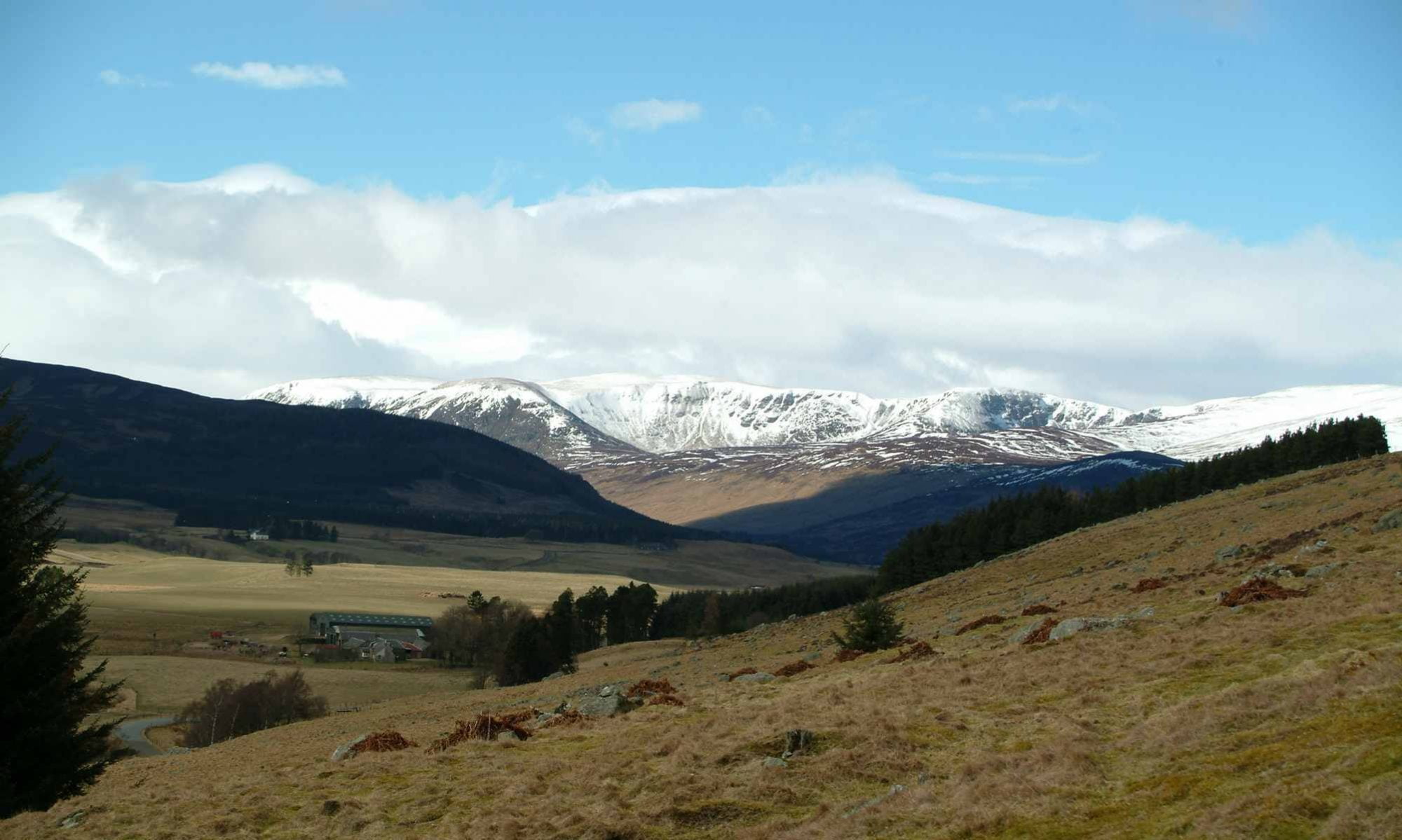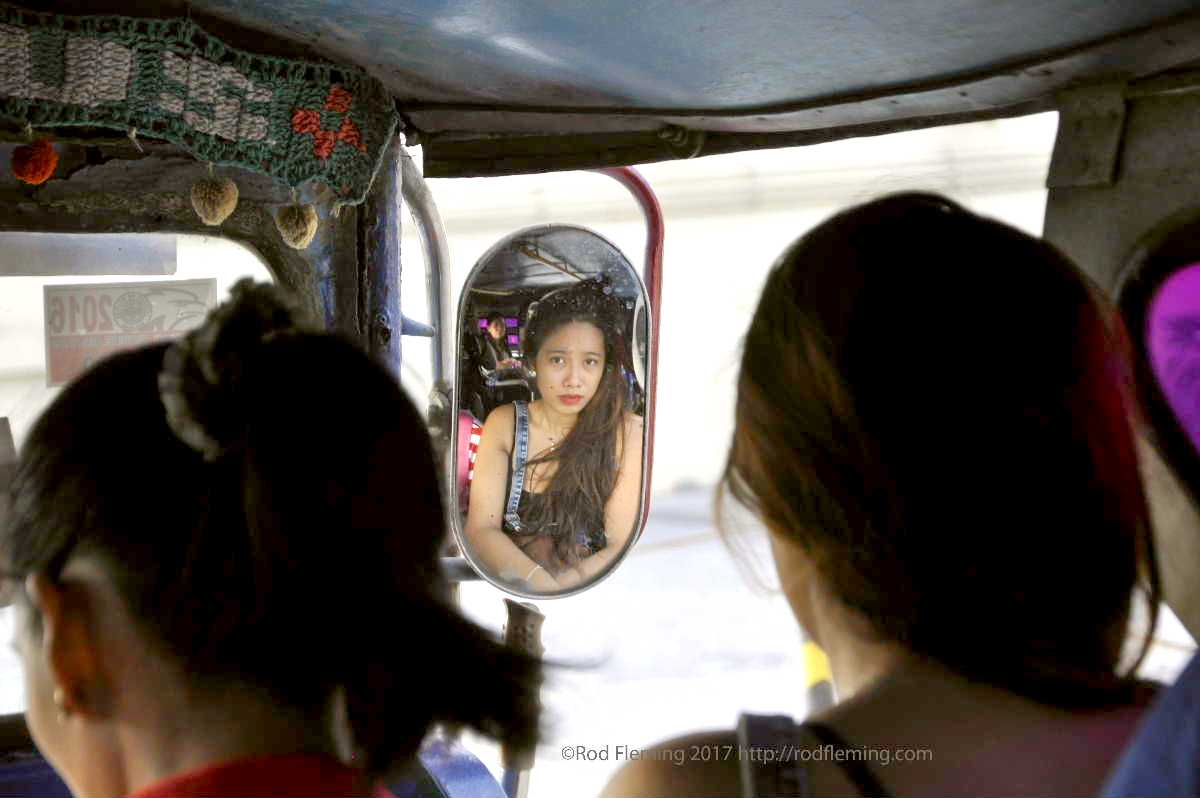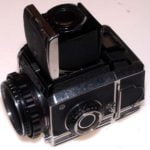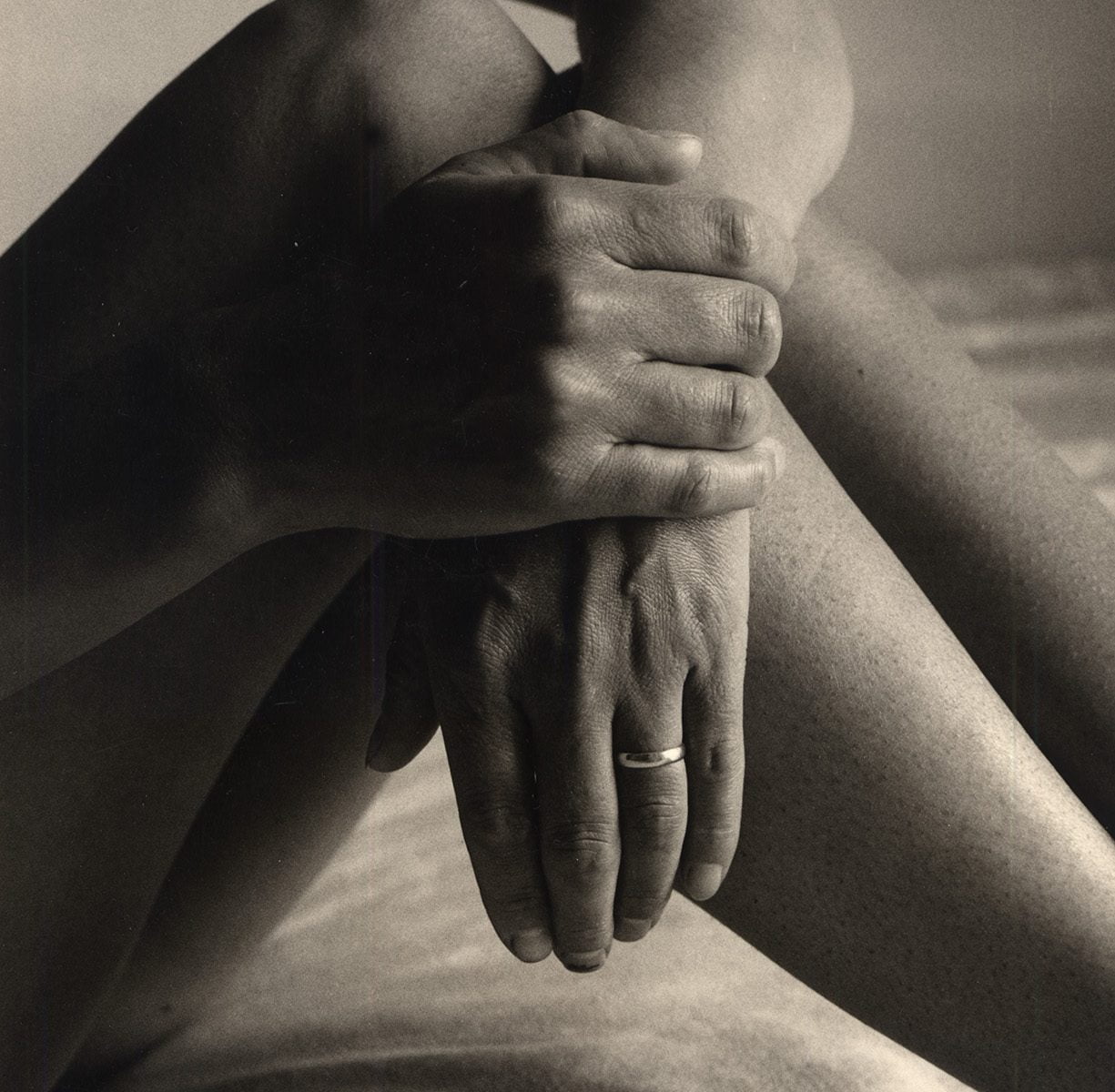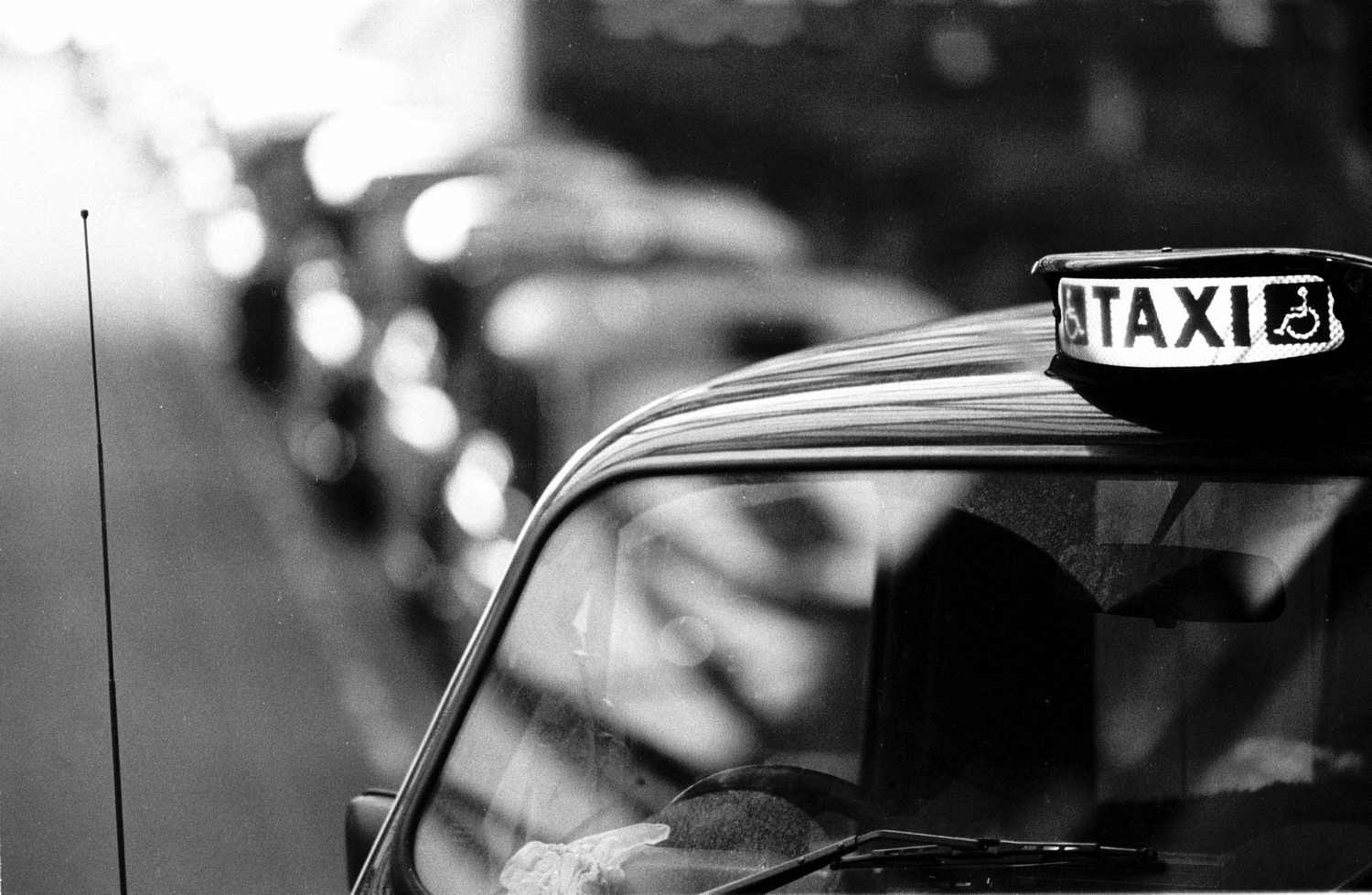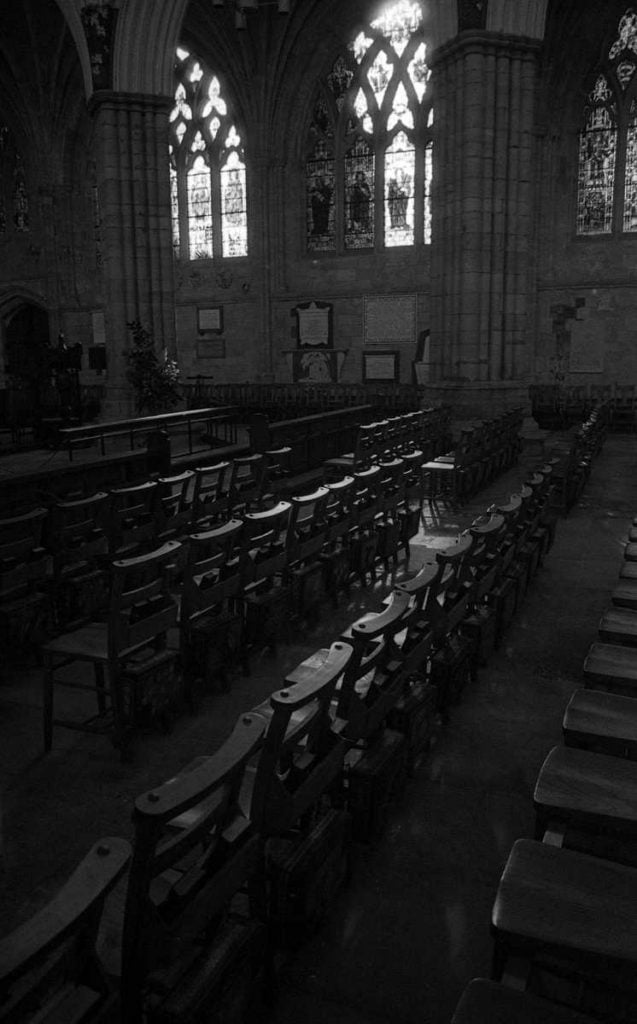Originally posted 2018-10-06 11:00:50.
I took most of these pictures at Ethie Woods near Arbroath in Angus Scotland in 2001. Some were taken in our home in Arbroath. The camera was a Russian ‘Horizont’. this was a panoramic camera that used a swinging 28mm lens on 35mm film. The images were interesting but not really sharp. This was partly because the 28mm lens was not that sharp anyway, but also because the film had to be held in a curve so that it registered with the focal plane of the rotating lens. This was somewhat beyond the Russian technology of the day and since the lens could not be stopped down to reduce the consequences of this, the images suffered.
I sold the camera after a short while, but looking back, the somewhat soft-focus effect was really attractive in its own right.
